_fmt.jpeg)
Hidden Cuba: A Photojournalist's Unauthorized Journey to Cuba to Capture Daily Life 50 years After Castro's Revolution By Jack Watson Copyright 2011 by Jack Watson Atlantic Publishing Group, Inc. 1405 SW 6th Avenue Ocala, Florida 34471 800-814-1132 352-622-1875Fax Web site: www.atlantic-pub.com E-mail: sales@atlantic-pub.com SAN Number: 268-1250 Member American Library Association No part of this publication may be reproduced, stored in a retrieval system, or transmitted in any form or by any means, electronic, mechanical, photocopying, recording, scanning, or otherwise, except as permitted under Section 107 or 108 of the 1976 United States Copyright Act, without the prior written permission of the Publisher. Requests to the Publisher for permission should be sent to Atlantic Publishing Group, Inc., 1405 SW 6th Avenue, Ocala, Florida 34471. Watson, Jack, 1947- Hidden Cuba : a photojournalists unauthorized journey to Cuba to capture daily life--50 years after Castros revolution / by Jack Watson. p. cm.
Includes bibliographical references and index. ISBN-13: 978-1-60138-569-7 (alk. paper) ISBN-10: 1-60138-569-2 (alk. paper) 1. Cuba--Social life and customs--21st century--Pictorial works. 2.
Cuba--Social conditions--21st century--Pictorial works. 3. Watson, Jack, 1947---Travel--Cuba. 4. Cuba--Description and travel. 5.
Photojournalism--Cuba. I. Title. F1765.3.W38 2010 972.9107--dc22 2010013429 10 9 8 7 6 5 4 3 2 1 LIMIT OF LIABILITY/DISCLAIMER OF WARRANTY: The publisher and the author make no representations or warranties with respect to the accuracy or completeness of the contents of this work and specifically disclaim all warranties, including without limitation warranties of fitness for a particular purpose. No warranty may be created or extended by sales or promotional materials. The advice and strategies contained herein may not be suitable for every situation.
This work is sold with the understanding that the publisher is not engaged in rendering legal, accounting, or other professional services. If professional assistance is required, the services of a competent professional should be sought. Neither the publisher nor the author shall be liable for damages arising herefrom. The fact that an organization or Web site is referred to in this work as a citation and/or a potential source of further information does not mean that the author or the publisher endorses the information the organization or Web site may provide or recommendations it may make. Further, readers should be aware that Internet Web sites listed in this work may have changed or disappeared between when this work was written and when it is read. DEDICATION Italian explorer Christopher Columbus first sighted the island that we now call Cuba in 1492.
First governed by the Spanish with a brief period of British rule, the island did not gain its independence until 1902. During the first half of the 20th century, American trade and tourist traffic were the primary sources of revenue that shouldered the Cuban economy. That would soon change. Fidel Castros revolution in 1959 and subsequent takeover of the Cuban government dramatically changed the economic, political, and social landscape of the country. In theory, a government that provides for all of your needs (food, shelter, clothing, medical care, and education to name a few) sounds idyllic. The realities of such a government can only be gauged by the test of time.
The warm and friendly people of Cuba have lived as test subjects in this grand plan of equality for 50 years. They have long waited for a change that will better their lives in this supposedly ideal society. That change has not come. Long ago, most of their property and businesses were handed over to the government. Their motivation and entrepreneurial spirit has been removed. 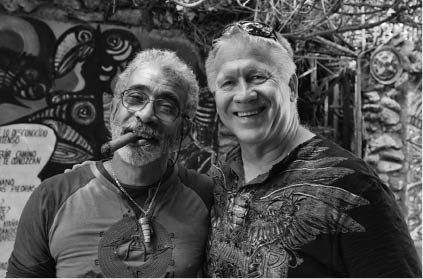 Jack Watson with Cuban artist Salvador Gonzalez Escalona.
Jack Watson with Cuban artist Salvador Gonzalez Escalona.  Jack Watson with Cuban artist Salvador Gonzalez Escalona.
Jack Watson with Cuban artist Salvador Gonzalez Escalona.
A photograph of Salvadors artwork can be found in the color section. This book is dedicated to the wonderful people of Cuba who, despite their difficult struggle to survive under communist rule, manage to keep a smile on their faces and continue the patient waiting game. I sincerely hope that the long-promised gift of utopia will come sooner rather than later. However, everywhere I traveled in Cuba, I found little if any evidence of change for the better. All that remained constant was the warmth of the people and their often-pleading eyes. It is my hope that this book will provide awareness of Cubas plight and hopefully push the sands a little quicker through the hourglass.
To my many new Cuban friends: I hope the time will come when you once again become a prosperous and industrial society. Thank you for the kindnesses extended toward me during my visit to your beautiful country. To photograph you was an honor and a privilege. Jack Watson, photographer 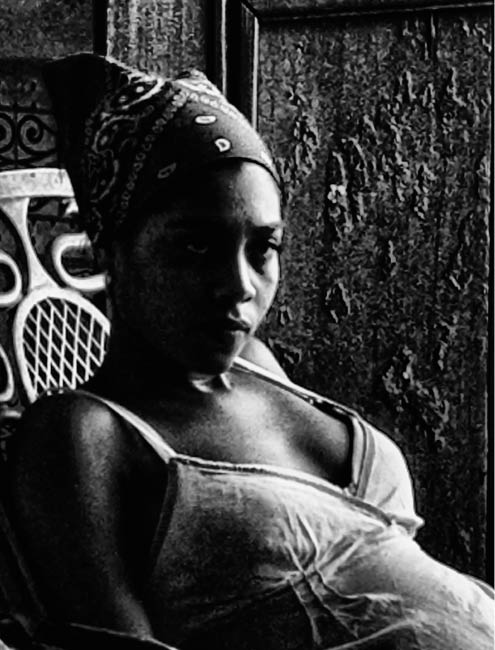 INTRODUCTION The first time I can recall any discussion in my family about a place called Cuba, I was fifteen years old. It was October of 1962. On a cool, dark evening, I recall my father coming home late from North Island Naval Air Station in San Diego, California (where he was then based in the Navy) and he pulled my mother aside in our tiny living room.
INTRODUCTION The first time I can recall any discussion in my family about a place called Cuba, I was fifteen years old. It was October of 1962. On a cool, dark evening, I recall my father coming home late from North Island Naval Air Station in San Diego, California (where he was then based in the Navy) and he pulled my mother aside in our tiny living room.
With a worried face, he started telling her something in hushed tones, using the words Cuba, and Russians all too frequently to describe something terrible that was happening off the Florida coastline on a tiny island called Cuba. As my parents discussed the pending crisis, I actually saw worry lines on my dads brow. He was the coolest guy I have ever known, and he never worried until that day. This was a clear message to me that something in his Navy world and now mine was very wrong. He finally motioned for me to join the conversation with a wave of his big hand. He patiently explained that Navy reconnaissance F-8 Crusader aircraft had flown over Cuba and captured images of missile sites being constructed on this tiny island, which was about 100 miles off the Florida coast.
Intelligence experts had determined the sites would be used for Russian nuclear missiles. For as long as I could remember during my scant fifteen years on earth, I had crawled under my desk during weekly air raid drills at school. I guess the desks were atomic bomb-proof. Now, there was a very real possibility that all that training would pay off. For some reason, that gave me little comfort.  Several years earlier (January 1, 1959 to be precise), an armed revolt led by freedom fighter Fidel Castro successfully overthrew the Cuban government then led by Fulgencio Batista, who was considered a corrupt dictator by the Castro-led rebels.
Several years earlier (January 1, 1959 to be precise), an armed revolt led by freedom fighter Fidel Castro successfully overthrew the Cuban government then led by Fulgencio Batista, who was considered a corrupt dictator by the Castro-led rebels.  Several years earlier (January 1, 1959 to be precise), an armed revolt led by freedom fighter Fidel Castro successfully overthrew the Cuban government then led by Fulgencio Batista, who was considered a corrupt dictator by the Castro-led rebels.
Several years earlier (January 1, 1959 to be precise), an armed revolt led by freedom fighter Fidel Castro successfully overthrew the Cuban government then led by Fulgencio Batista, who was considered a corrupt dictator by the Castro-led rebels.




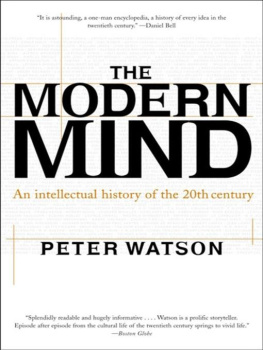
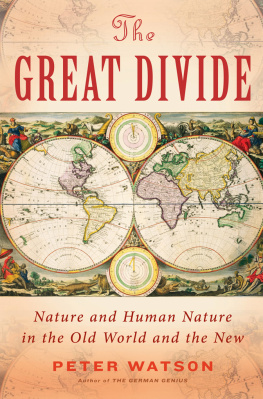
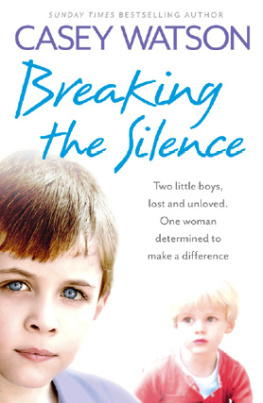
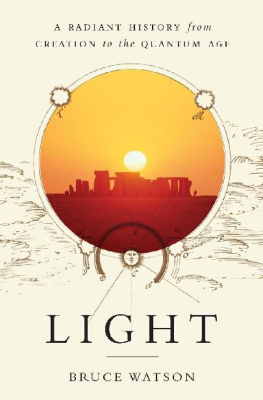
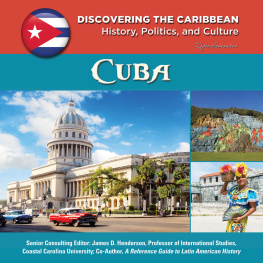
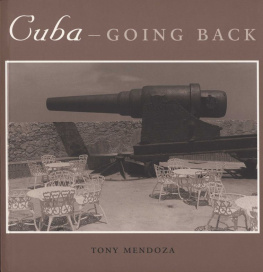
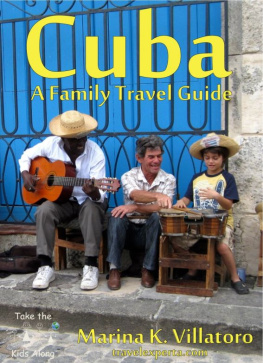
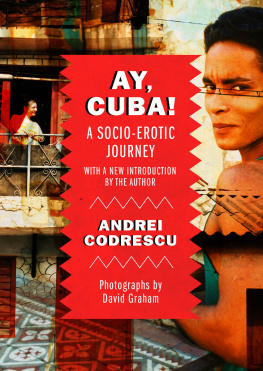
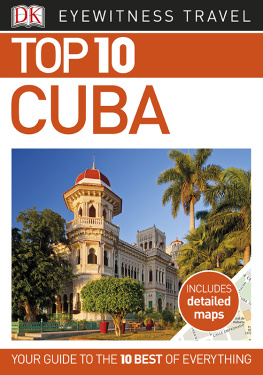

_fmt.jpeg)
 Jack Watson with Cuban artist Salvador Gonzalez Escalona.
Jack Watson with Cuban artist Salvador Gonzalez Escalona.  INTRODUCTION The first time I can recall any discussion in my family about a place called Cuba, I was fifteen years old. It was October of 1962. On a cool, dark evening, I recall my father coming home late from North Island Naval Air Station in San Diego, California (where he was then based in the Navy) and he pulled my mother aside in our tiny living room.
INTRODUCTION The first time I can recall any discussion in my family about a place called Cuba, I was fifteen years old. It was October of 1962. On a cool, dark evening, I recall my father coming home late from North Island Naval Air Station in San Diego, California (where he was then based in the Navy) and he pulled my mother aside in our tiny living room. Several years earlier (January 1, 1959 to be precise), an armed revolt led by freedom fighter Fidel Castro successfully overthrew the Cuban government then led by Fulgencio Batista, who was considered a corrupt dictator by the Castro-led rebels.
Several years earlier (January 1, 1959 to be precise), an armed revolt led by freedom fighter Fidel Castro successfully overthrew the Cuban government then led by Fulgencio Batista, who was considered a corrupt dictator by the Castro-led rebels.